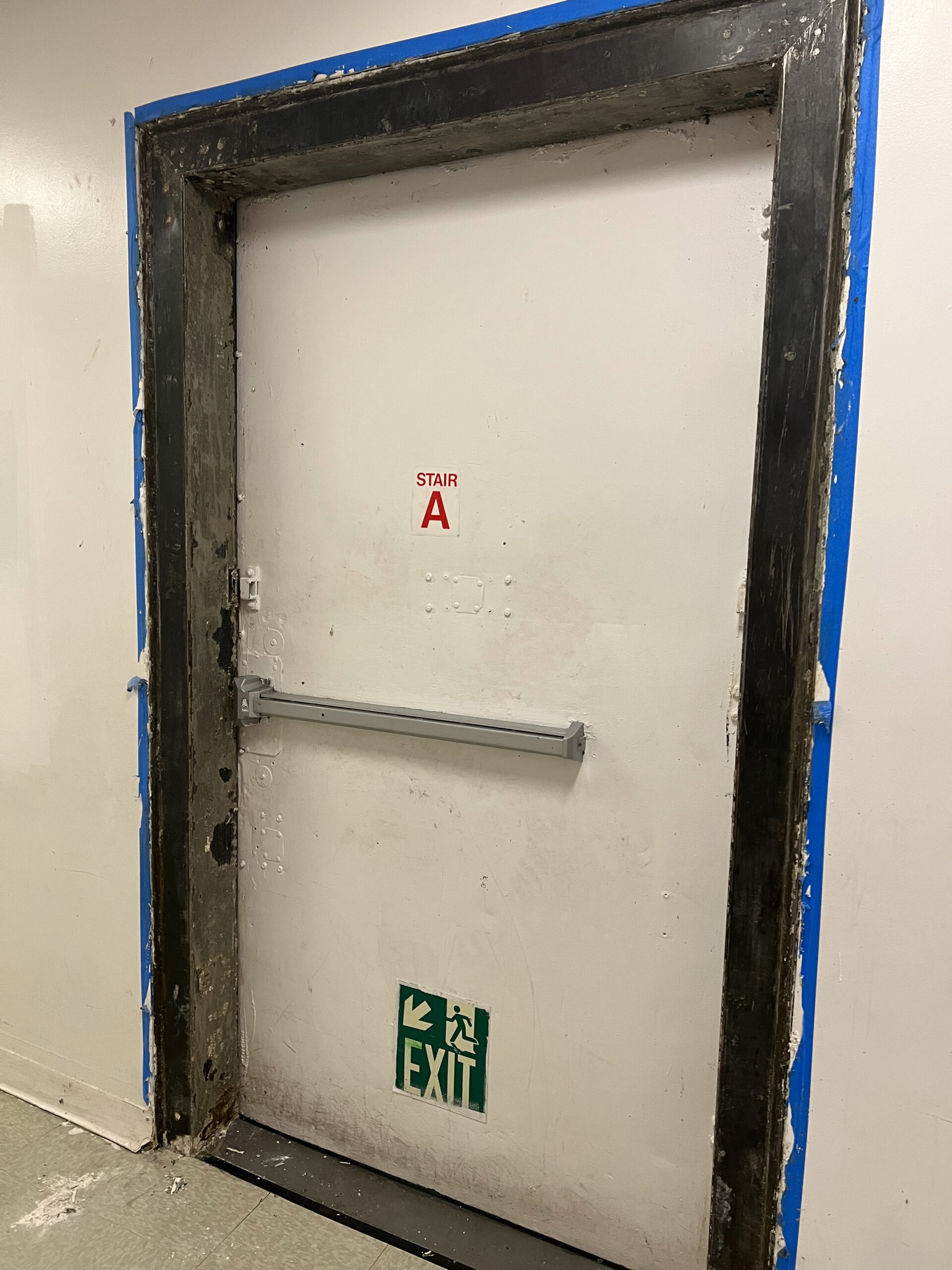Essential Devices and Methods for Reliable Lead Violation Clean-up
Addressing lead infractions properly requires a comprehensive approach that blends the right devices with strategic methods. The very first step involves outfitting workers with Individual Safety Equipment (PPE) to guard their health. Concurrently, using specialized clean-up tools, such as HEPA vacuums and lead-specific cleaner, is vital for detailed contaminant elimination. Efficient containment methods, consisting of plastic sheet and negative atmospheric pressure systems, are important to prevent the spread of harmful materials. Moreover, safe disposal techniques and stringent adherence to regulatory standards ensure liable handling of harmful waste. What are the nuanced approaches that truly make a distinction?
Individual Protective Devices
Individual protective equipment (PPE) is an important component in the reliable administration of lead contamination clean-up. PPE acts as an important obstacle, securing employees from the dangerous impacts of lead exposure, which can result in serious wellness consequences. The crucial PPE for lead clean-up consists of respirators, protective clothing, gloves, and eye protection. Each kind of devices is specifically designed to reduce different threats connected with lead fragments and dirt.
Respirators, especially those furnished with HEPA filters, are important for filtering system air-borne lead bits, stopping breathing. Appropriate fit and seal checks are essential to guarantee their effectiveness. Safety clothing, including coveralls and non reusable matches, prevents lead dirt from sticking to employees' garments, lowering the danger of second contamination. Gloves, normally made of nitrile or latex, shield the skin from direct contact with lead, while security goggles or full-face guards safeguard the eyes from dust and debris.
Furthermore, rigorous training on the right use and upkeep of PPE is necessary. Employees have to be educated on wearing and doffing treatments to stay clear of contamination. Regular inspections and substitutes of PPE components are essential to preserve their protective capabilities, guaranteeing a safe and compliant cleaning procedure.
Specialized Cleanup Devices

An additional crucial tool is the wet/dry vacuum, which can effectively tidy up both dirt and liquid impurities. These vacuums typically feature HEPA filters to provide an added layer of safety and security. Wet cleans or tack towels are additionally critical for surface cleansing; they are especially developed to capture and hold lead fragments, decreasing the risk of spreading out contamination.
For more persistent deposits, specialized lead-removal cleaning agents are needed. These representatives are formulated to damage down lead particles, making them easier to eliminate. Scrub brushes with sturdy bristles can aid in this procedure, especially on rough surface areas where lead dirt tends to stick much more strongly.
Additionally, encapsulants are made use of to secure lead-contaminated surfaces, avoiding the release of lead dust. These specialized paints and finishes are designed to comply with different substratums, offering a lasting remedy for lead control.
Efficient Containment Techniques
Reliable control approaches are essential in minimizing the spread of lead contamination throughout clean-up activities. Implementing robust containment approaches ensures that lead bits do not move to unaffected locations, therefore safeguarding both employees and the setting (DOH & HPD Lead Violation Removal NYC).

To enhance containment, encapsulants can be put on surface areas that are not being eliminated or disturbed. look these up These specialized coverings bind lead dust, minimizing its schedule for resuspension. In addition, all workers need to use proper Personal Protective Tools (PPE), including respirators and disposable matches, to stop contamination spread.
Safe Disposal Practices
Making sure safe disposal techniques is a critical part in the monitoring of lead contamination cleanup. Proper disposal reduces the danger of lead returning to the setting and jeopardizing public wellness (DOH & HPD Lead Violation Removal NYC).
Delivering lead waste calls for adherence that site to stringent guidelines. Utilizing licensed contaminated materials service providers ensures that the materials are handled responsibly. Documents, consisting of materializes outlining the type and quantity of waste, must accompany shipments to track the waste from the site of beginning to its final disposal location.
Designated unsafe waste disposal centers are geared up to manage lead-contaminated products securely. These facilities commonly use sophisticated methods such as stabilization, solidification, or chemical treatment to reduce the effects of the lead prior to disposal. Landfilling in specialized, lined locations that protect against leachate from contaminating groundwater is a typical practice for last disposal.
Regular training for employees associated with lead waste disposal is critical to keep security requirements and prevent unexpected exposure. By sticking to these techniques, companies can significantly reduce the ecological and wellness influences connected with lead contamination.
Regulatory Compliance Tips

Sticking to regulative conformity is critical in the effective execution of lead contamination cleaning. Recognizing and adhering to federal, state, and neighborhood policies ensures not just the safety and health of people yet likewise the legal and economic wellness of the cleanup organization. The Environmental Protection Company (EPA) establishes strict requirements, such as the Lead Renovation, Repair, and Paint (RRP) Regulation, which mandates proper accreditation and training for specialists dealing with lead-based activities.
Conformity starts with a comprehensive assessment of relevant legislations and guidelines. Organizations should stay upgraded on any legal adjustments, which can be promoted via regular training sessions and registering for market updates. Documents is another crucial compliance aspect; preserving detailed records of all tasks, consisting of inspection reports, worker training logs, and disposal materializes, is crucial.
Furthermore, engaging with certified lead examiners or run the risk of assessors ensures that lead dangers are properly recognized and reduced. Employers have to enforce the use of Individual Protective Devices (PPE) and make sure that security methods are strictly followed. Clear communication with stakeholders, including staff members, customers, and governing bodies, will certainly cultivate a society of compliance and accountability, inevitably adding to a much click site safer and much more efficient lead clean-up procedure.
Final Thought
Reliable lead infraction clean-up necessitates the combination of specialized devices and calculated methods to make sure safety and security and efficiency. Personal protective devices (PPE) safeguards employees from direct exposure, while risk-free disposal methods and stringent adherence to regulatory compliance are vital for properly taking care of unsafe waste.